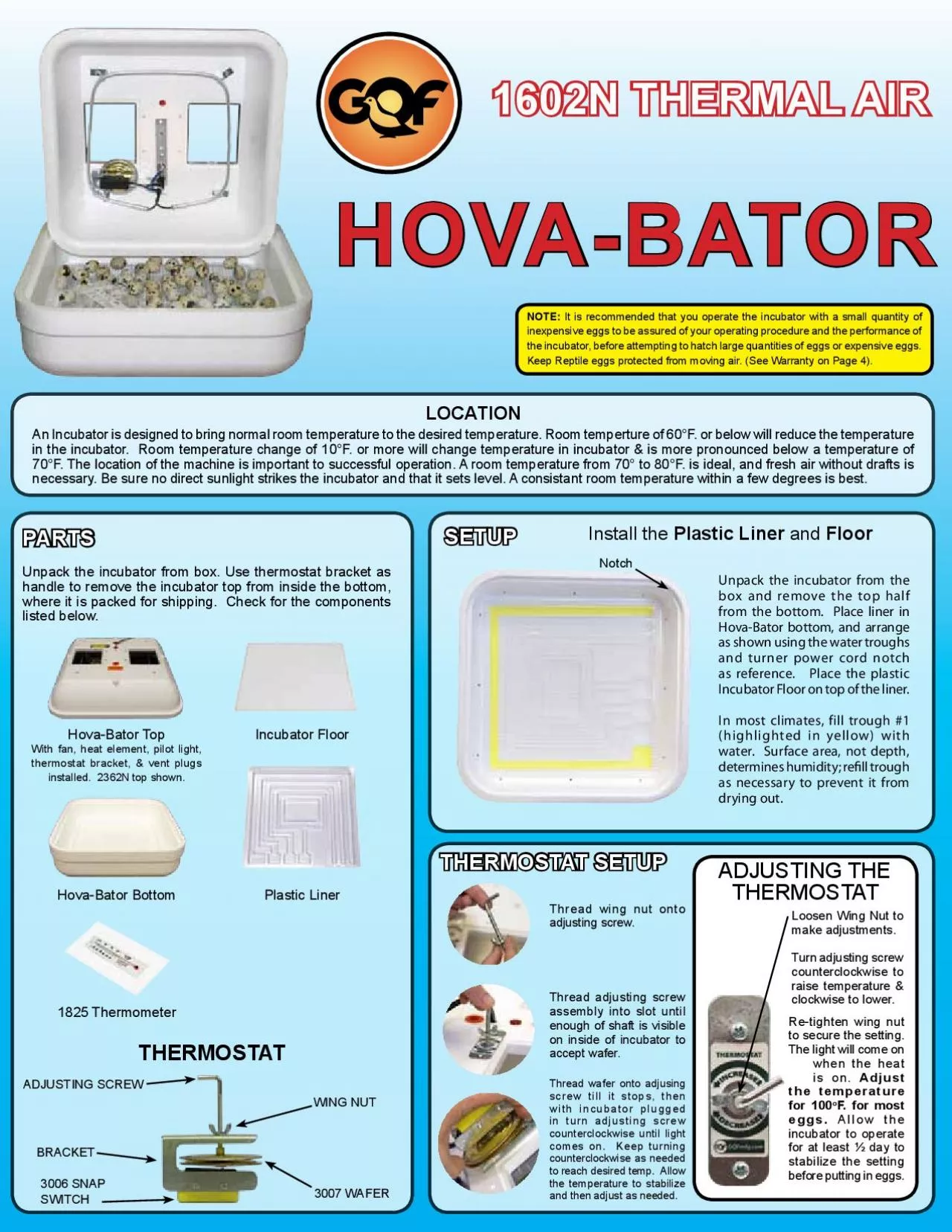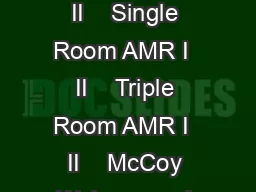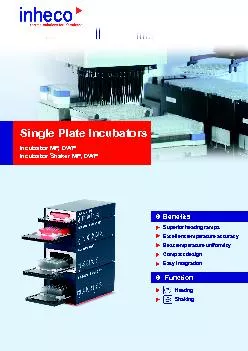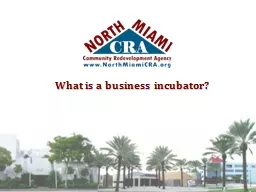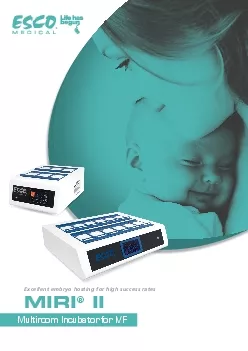PDF-An Incubator is designed to bring normal room temperature to the desir
Author : mila-milly | Published Date : 2021-07-06
NOTE It is recommended that you operate the incubator with a small quantity of inexpensive eggs to be assured of your operating procedure and the performance of
Presentation Embed Code
Download Presentation
Download Presentation The PPT/PDF document "An Incubator is designed to bring normal..." is the property of its rightful owner. Permission is granted to download and print the materials on this website for personal, non-commercial use only, and to display it on your personal computer provided you do not modify the materials and that you retain all copyright notices contained in the materials. By downloading content from our website, you accept the terms of this agreement.
An Incubator is designed to bring normal room temperature to the desir: Transcript
Download Rules Of Document
"An Incubator is designed to bring normal room temperature to the desir"The content belongs to its owner. You may download and print it for personal use, without modification, and keep all copyright notices. By downloading, you agree to these terms.
Related Documents

